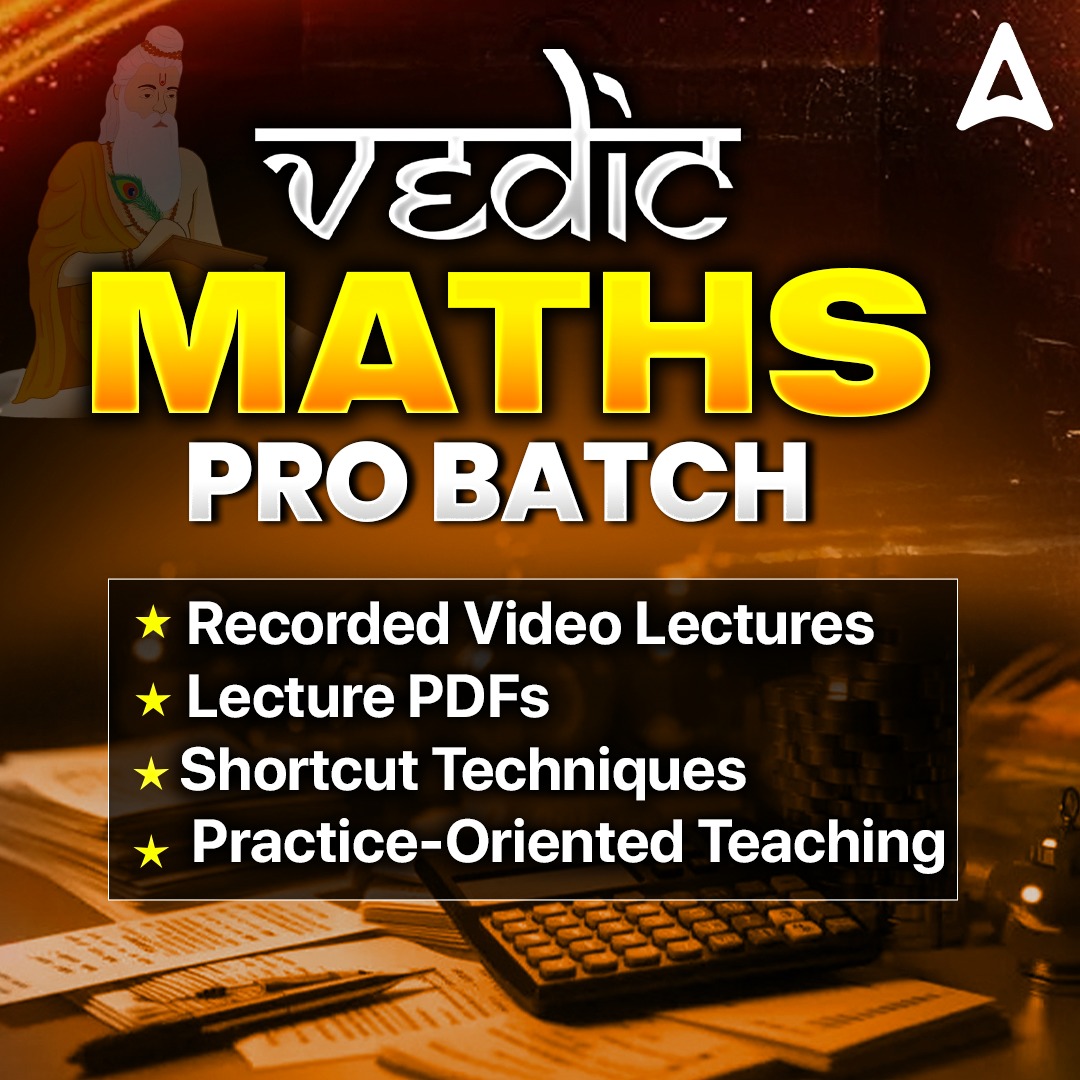
Science is one of the fundamental disciplines that is essential to a student’s education, and class 10 is a critical time in their academic career. One of the most crucial tools for pupils getting ready for the CBSE Class 10 Science exam is the NCERT Class 10 Science textbook. As is well known, the foundation of all engineering and scientific disciplines is science, therefore, pupils who have a solid foundational understanding of the science subject benefit hugely in the future. In this article, we have compiled the solutions of NECRT Class 10 science for the upcoming board examination in 2023-24. The solutions for the science subject have been given by our experts in Hindi language too apart from the English language.
NCERT Solutions for Class 10 Science Updated for 2023-24
Science is one of the important subjects for Class 10 students. The Class 10 NCERT solutions for the Science subject provide an easy platform for the students to understand the concepts in depth. The book is divided into Physics, Chemistry, Biology and Environmental science. The NCERT Solutions will help in scoring better marks in the examinations. The whole book covers four topics namely, Materials, The World of the living, How things work, Natural Phenomena and Natural resources.
The first unit covers five chapters. The first chapter is about the chemical reactions and formulating chemical equations. The second chapter deals with acids, bases and salts and their reactivity. Third chapter provides a detail about metals and non-metals. The fourth chapter covers carbon and its compounds. The fifth chapter takes into account the classification of elements and their evolution.
The second unit covers four chapters. The sixth chapter deals with different life processes and human needs for survival. The seventh chapter takes into account the parts of human body which are involved in control and coordination. The eighth chapter covers reproduction activities in various unicellular and multicellular organisms. The ninth chapter gives an account of how off-springs look like.
The third unit covers four chapters. In the tenth chapter light and its properties are defined. In eleventh chapter human eye and its optical phenomena are defined. In twelfth chapter electricity and electric properties are defined. In the thirteenth chapter, magnetic effects of electric currents are taken into account.
The fourth unit covers three chapters. The fourteenth chapter covers various sources of energy such as conventional and non-conventional. The fifteenth chapter takes into account the environment, eco-systems, food-chains and human activities in polluting the environment. The last chapter deals with conservation of natural resources.
The NCERT Solutions covers the full CBSE schedule as well as enough to cover the nuts and bolts and essentials of the multitude of themes needed in cutthroat tests like JEE and NEET.
Read: NCERT Solutions for Class 12
NCERT Solutions for Class 10 Science all chapters in PDF
NCERT Solutions for Class 10 Science Notes Chapter 1 Chemical reactions and Equations
The chapter deals with chemical reactions along with their indicators. These indicators are explained along with their experimental examples. The symbolic representation of chemical reactions is also explained that how equations are written.
Class 10 Science NCERT Solutions Notes Chapter 2 Acids, Bases and Salts
The chapter covers the concepts of acid, bases, and salts, different types of chemical reactions and the reaction of acid, bases, and salts with certain compounds, chemical properties of bases and acids, neutralization reaction, pH scale, importance of pH, reaction of metallic oxides, reaction of non – metallic oxide, and pH of salts.
Class 10 Science NCERT Solutions Notes Chapter 3 Metals and Non-metals
This chapter starts with physical properties of metals and non-metals like melting point, physical properties at room temperature, tensile strength, appearance and covers all chemical properties of metals and non-metals, reactions of metals and non-metals with oxygen gas, water, other metal salts, and acids.
Class 10 Science NCERT Solutions Notes Chapter 4 Carbon and its Compounds
The chapter deals with covalent bonds in carbon, the compounds derived from carbon and the characteristics of carbon compounds such as its versatile nature, chemical properties of carbon, properties of ethanol and ethanoic acid, soaps and detergents.
Class 10 Science NCERT Solutions Chapter 5 Periodic classification of Elements
The chapter deals with the arrangement of elements into the periodic table, classification of elements, Dobereiner’s triads, Newland’s law of Octaves, Mendeleev’s periodic table, the modern periodic table, metallic and non- metallic properties of elements.
Class 10 Science NCERT Solutions Chapter 6 Life processes
The chapter introduces the Life process which involves various activities by the digestive system, respiratory system, and circulation system performed by the living organisms to sustain their living.
NCERT Solutions Class 10 Science Chapter 7 Control and Coordination
The chapter deals with the control and coordination all living organisms have on their system. In multicellular organisms, specialized tissues are used to control and coordinate. Here, you will study this control and coordination system, nervous system, the human brain, coordination in the plant, hormones in animals, etc.
NCERT Solutions Class 10 Science Chapter 8 How Do Organisms Reproduce?
The chapter deals with the main concept of Reproduction. How the process takes place, why it is necessary for the living organisms, and what are the different modes of reproduction in single organisms, sexual reproduction in flowering plants, sexual reproduction in human beings, etc. Terms like fission, fragmentation, regeneration, budding, vegetative propagation and spore formation are also explained with examples.
NCERT Solutions Class 10 Science Chapter 9 Heredity and Evolution
The chapter covers how the variations are created and inherited. The long-term consequences of the accumulation of variations, the inherited traits, determination of sex, acquired and inherited traits, evolutionary relationships, topic of evolution and so on.
NCERT Solutions Class 10 Science Chapter 10 Light Reflection and Refraction
The chapter deals with phenomena of reflection of plane and curved surfaces which involves bending of interface of two mediums having different properties, laws of reflection and refraction, image formation by spherical mirrors, formula of formation of images and magnification, refractive index and so on.
Class 10 Science NCERT Solutions Chapter 11 Human eye and the Colorful world
The structure of the human eye and its functions, various eye defects such as myopia, hypermetropia, refraction through a prism, depression of white light by a glass prism, refraction through the atmosphere, Tyndall effect and Scattering of light are covered in this chapter.
Class 10 Science NCERT Solutions Chapter 12 Electricity
The chapter covers the questions What constitutes electricity? How does it flow through an electric circuit? How to control and regulate it in an electric circuit? the electric current and circuit, electric potential and potential difference, circuit diagram, Ohm’s law, the resistance of the conductor, factor on which resistance of the conductor depends, the resistance of system of the resistor, heating effect of electric current and its applications, electric power are also covered in this chapter.
NCERT Solutions for Class 10 Science Chapter 13 Magnetic effects of Electric current
The chapter covers the topics of magnetic field and field lines, magnetic field due to current carrying conductor, magnetic field due to the current through a straight conductor Right-hand thumb rule, force on a current carrying conductor placed in a magnetic field, magnetic field due to a current through a circular loop, magnetic field due to a current in a solenoid , circuits and working of electric motor and generator and electromagnetic induction , domestic electric circuits.
NCERT Solutions for Class 10 Science Chapter 14 Sources of energy
The different forms of energy such as conventional and non-conventional sources, fossil fuels, thermal power plant, hydropower plant, biomass and wind energy are some examples of conventional sources of energy. Solar energy, tidal energy, wave energy, ocean thermal energy, geothermal energy, nuclear energy are examples of non-conventional sources of energy.
NCERT Solutions Class 10 Science Chapter 15 Our Environment
The chapter deals with the concepts of ecosystems, food chains, food webs, waste management, biodegradable and non-biodegradable substances, trophic levels, biotic and abiotic components, producers, consumers, ozone formation and its depletion.
NCERT Solutions for Class 10 Science Chapter 16 Management of Natural Resources
This chapter deals with the management of resources like forests, wildlife, water, coal, and petroleum, 5 types of R’s and methods of management of resources.
Adda 247 provides easy, understandable solutions of all the questions from class 6th to 12th in both English as well as Hindi. Hindi is also kept into account as it is the medium of study in some schools. The solutions clear up the concepts of the students.


















